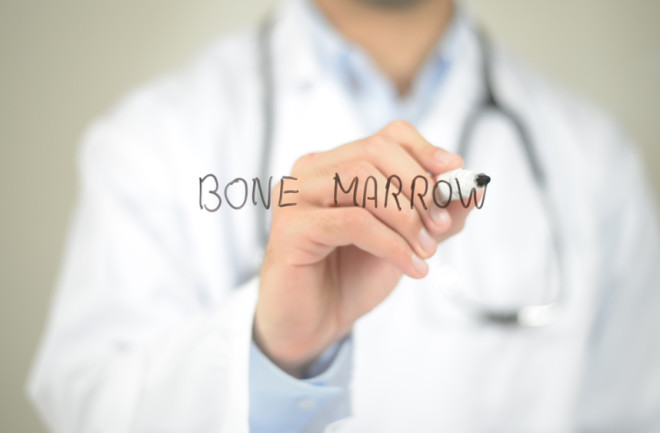In the medical drama Grey’s Anatomy, surgical resident Izzy agrees to donate bone marrow. In a scene that likely made donation professionals cringe, Izzy grimaced on the operating table as the physician inserted a needle into her hip and aggressively rotated it.
In real life, doctors have designed bone marrow donations to be as painless as possible. Most donors give stem cells that are harvested from the bloodstream before the blood is returned to the body. And those who give directly from the bone are under general anesthesia and not clutching a pillow like poor Izzy.
Advocates are calling for more people — especially people of color — to join bone marrow registries to help the 18,000 patients each year who are diagnosed with blood diseases and need donated stem cells.
Benefitting from Bone Marrow
A bone marrow transplant (BMT) takes a donor’s healthy stem cells and gives them to a patient so they can grow their own healthy red blood cells, white blood cells and platelets.
BMT is used to help people who have cancers of the blood, including leukemia and lymphoma. BMT also treats various life-threatening conditions, including sickle cell disease, bone marrow diseases and inherited metabolic disorders.
There are several different types of BMT. The first, autologous, harvests the cells from the patient’s own bloodstream. This method has several advantages, including not having to search for a donor. The patient also doesn’t have to undergo immune suppression. There are downsides, including a higher risk of relapse.
The second type, allogeneic hematopoietic stem cell transplantation (HSCT), is more common and involves finding a donation from another person. A patient’s siblings are typically approached first. Full-biological siblings have a 25 percent chance of fully matching. Medical teams typically turn to donor registries when a family member isn’t a fit. About 70 percent of patients do not have a match within their family and need help from an unrelated donor.
Harvesting Healing Cells
The unrelated donor process begins when a person signs up with a registry such as Be the Match. They receive a kit in the mail that includes a cotton swab for collecting cells from inside their cheek. When the kit is returned, the laboratory looks for a specific protein, human leukocyte antigens (HLA).
If a person is a match, their physician will decide which type of harvesting process is best. Historically, blood stem cells were harvested from the bone marrow. In this process, the donor lays on their stomach so the physician can insert a needle into the iliac crest, located at the back of the pelvic bone.
Depending on the concentration of stem cells in the marrow, the donor would give between 0.5 and 1.5 liters of marrow. All of this happened under general anesthesia, and the donor would typically spend one to two nights in a hospital for observation. They might temporarily experience pain or bruising.
The second and more common option is to take stem cells from the donor’s blood. The process begins a few days before donation when the donor is given an injection of granulocyte-colony-stimulating factor to increase the movement of stem cells from the bone marrow into the bloodstream.
The donation process somewhat resembles platelet donation at a blood drive. The donor’s blood is taken from a vein in the arm and travels up a tube into an apheresis machine, removing the stem cells and returning the blood to the donor. The process takes two to three hours and happens in an outpatient setting. The donation may require two to three sessions, and donors don’t report pain, although the growth factor can cause temporary headaches, joint pain or bone pain.
Diverse Donors Needed
In addition to joining a bone marrow registry, parents can donate their newborn’s umbilical cord blood and the child’s part of the placenta. The stem cells from both are saved in storage until there is a registry match.
More than 805,000 cord blood units are in storage worldwide, and about 39 million potential donors who have signed on with registries. That might seem like an ample supply, but advocates say more diversity is needed.
Bone marrow donations are matches based on the HLA markers, which are inherited. Patients are more likely to match with a donor who has a similar ethnic background. Problematically, fewer donors of color have signed up with registries, and patients of color are less likely to find a match.
White patients, for example, have a 79 percent chance of finding a match based on their ethnic background. For Native Americans, the likelihood drops to 60 percent. The odds lessen to 48 percent for Hispanics or Latinos and 47 percent for Asians and Pacific Islanders. For Black Americans, the chances of finding a match are 29 percent.
Potential donors who want to join a registry can do so for free by requesting a cheek-swabbing kit from an organization like Be the Match, which is operated through the National Marrow Donor Program.
